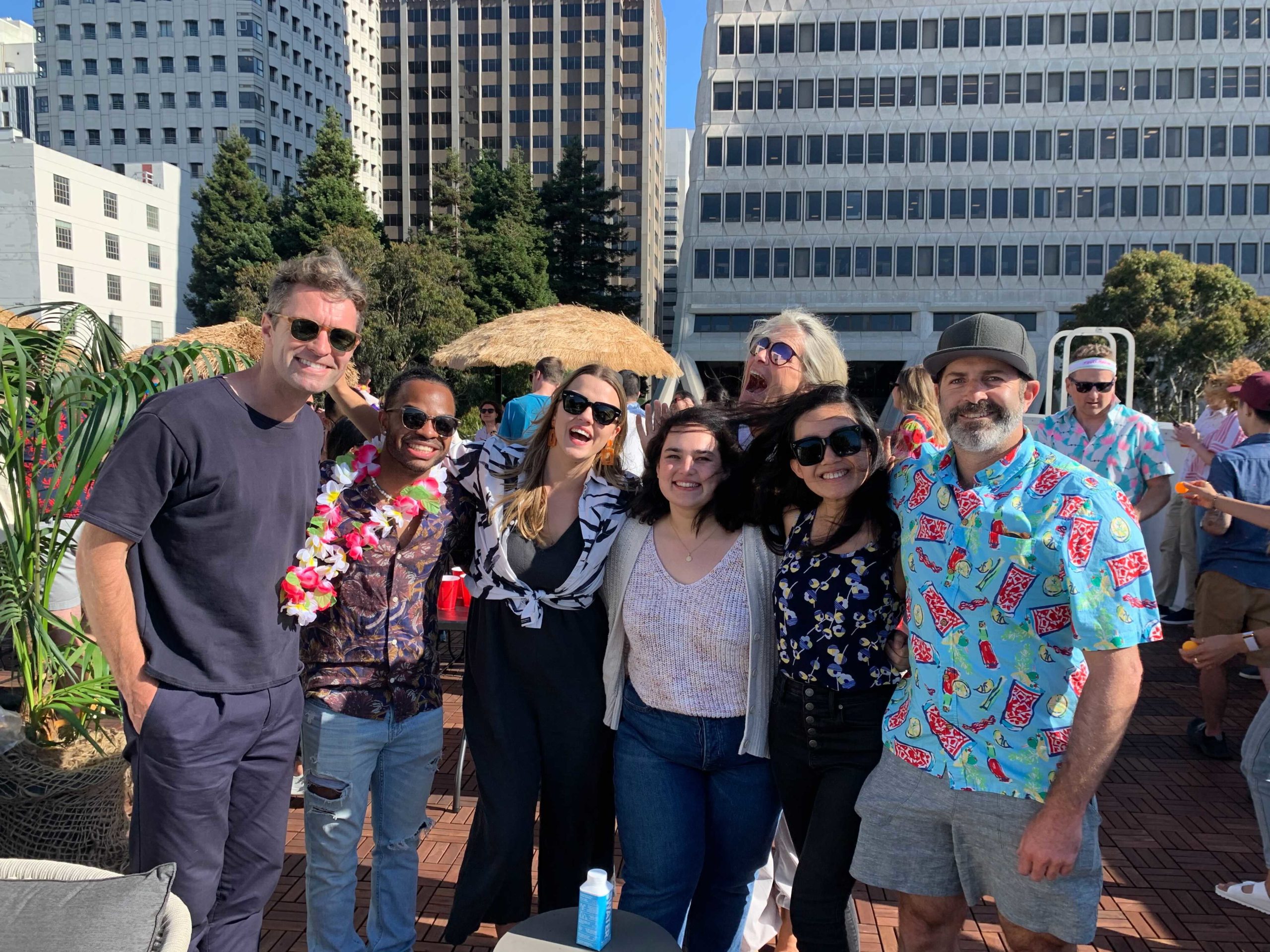The Boomerang Effect: Clothes as consumer durables
When Swedish fashion-brand Boomerang sensed that the times called for adding sustainability to their business plan, rather than producing a t-shirt made of eco-cotton and calling it a day instead choose something deeper in line with their operations, brand image and even name: “The Boomerang Effect”, a program for closing the loop with their customers and make use of old garments. By handing in used Boomerang gear at any certified retailer, customers get a 10% discount on their next purchase as a sign of appreciation. The garments are then re-sold in the stores, labeled with the “Good environmental choice”-falcon of the Swedish Society for Nature Conservation and Eco-labeling. If the clothes are in too bad shape to be sold they are turned into stools, rugs and lamps as part of the “Boomerang Home” collection.
This is, in many ways, a very clever policy. Let me explain why.
First, their choice of CSR-strategy is perfectly in line with their whole brand. Instead of launching a campaign saying “Our clothes lasts for generations, and hey, we’re environmental friendly too!”, they manage to show their customers the same thing through experience. On the vintage racks hangs shirts from 1987, proof that the company vision about clothes as “friends that can take a beating and still gets better through the years” is realized already at the design stage and shifts customers views towards seeing their clothes as something truly durable. Second, by engaging in CSR work, Boomerang will gain a reputation as more interesting and cutting edge than its present “reliable and well-known”-image. Last but not least, instead of degrading the used clothes to cotton fibers for recycling, Boomerang are moving the garment back up to the top of the food chain thus preserving the value once added to the materials in manufacturing.
Other companies are doing similar things, Levi’s for instance just teamed up with the Goodwil l stores in order to put unwanted clothes to better use. They do this by adding “Donate to Goodwill” on the care tags and launching an ad campaign. This is a good initiative, and perhaps reasonable given the size of Levi’s operations. However, by creating the recycling network in-house Boomerang gets a much greater possibility of controlling all their products’ environmental impacts throughout their lifecycles. This is clever, innovative and an emerging trend for sure.
Anyone who has read the articles included in our class readings, for instance “Stages of Corporate Citizenship”, are welcome to print them out and just check of best-practices mentioned in there while reading Boomerang’s strategy. When CEO Tomas Levander (who is a leading visionary in the project, *check*) states that “We are not making any money out of this right now, but it is a longtime investment that already adds to the triple bottom line”, one can only nod in silent admiration.
—Jonas Heller



